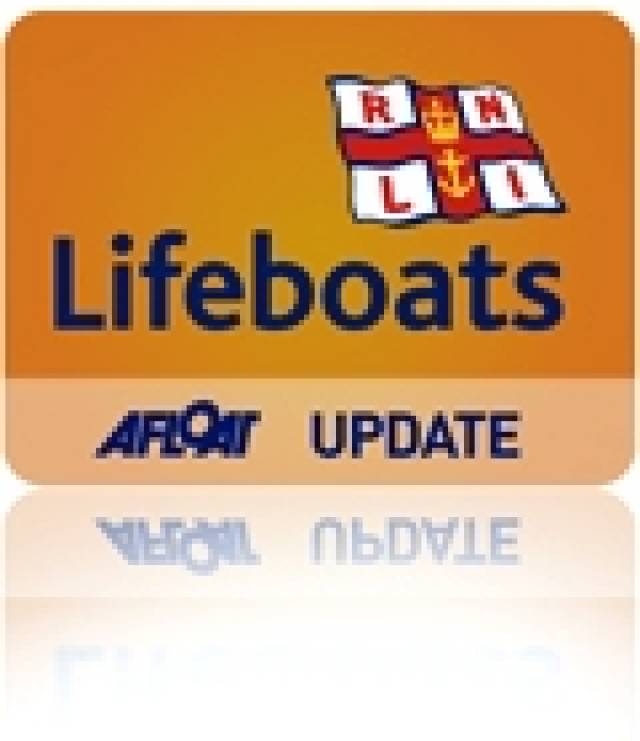#RNLI - A busy weekend for the volunteer crew with Lough Ree RNLI began on Friday evening 25 July when the lifeboat launched at 6.30pm for a cruiser with engine problems near marker no 9 north of the Quaker Island.
When the lifeboat arrived on scene it found the 34-foot cruiser was at anchor. There were two adults on board and the engine had overheated.
The casualty vessel was towed to Ballyleague and the lifeboat was back on station and ready for service at 8.40pm.
Lough Ree's lifeboat next launched at 7.22am on Saturday morning for a cruiser aground near the Black Islands.
On arriving on scene the lifeboat crew found two adults and four children on board. They were taken on board the lifeboat and dropped off at Quigley's Marina, while a rescue boat later arrived on scene to take care of the cruiser.
The lifeboat crew had just left the station when another call out was received at 9.52am for a cruiser aground off Inch McDermott.
There were six people on board the cruiser, which was eased off the rocks by the lifeboat. The cruiser was then able to proceed under her own power.
At 6.55pm the same day, a callout was received for a large cruiser aground on the Hexagon Shoal with three adults and three children on board.
One female adult and the three children were transferred to the Lough Ree Yacht Club safety RIB, which had been standing by the casualty, and taken to Hudson Bay.
The cruiser was found to be taking water and the lifeboat returned to base to get pumping equipment. The casualty was pumped and towed to Quigley's Marina. The lifeboat was back on station and on standby at 8.50pm.
Lough Ree RNLI lifeboat operations manager Damien Delaney said of the busy weekend: "The recent spell of good weather has brought large numbers of people to the water, many for the first time in years, and this, coupled with the low levels in the river and lake, makes extra attention to the markers and navigation channels necessary."
All this activity comes in advance of the news that the current lifeboat on station at Lough Ree, Dorothy Mary B728, which has been in service since the station began operations over two years ago, is to be replaced.
Dorothy Mary was commissioned in 1996 and has now reached her retirement age. She will be leaving the station this coming week.
Her replacement is to be the Eric Rowse B772, which was commissioned in 2000. She previously served at the St Catherine station in Jersey from 2001 to 2010, when she joined the reserve fleet.
She is the same class of lifeboat as Dorothy Mary, an Atlantic 75, and is due to arrive in the coming days.































































